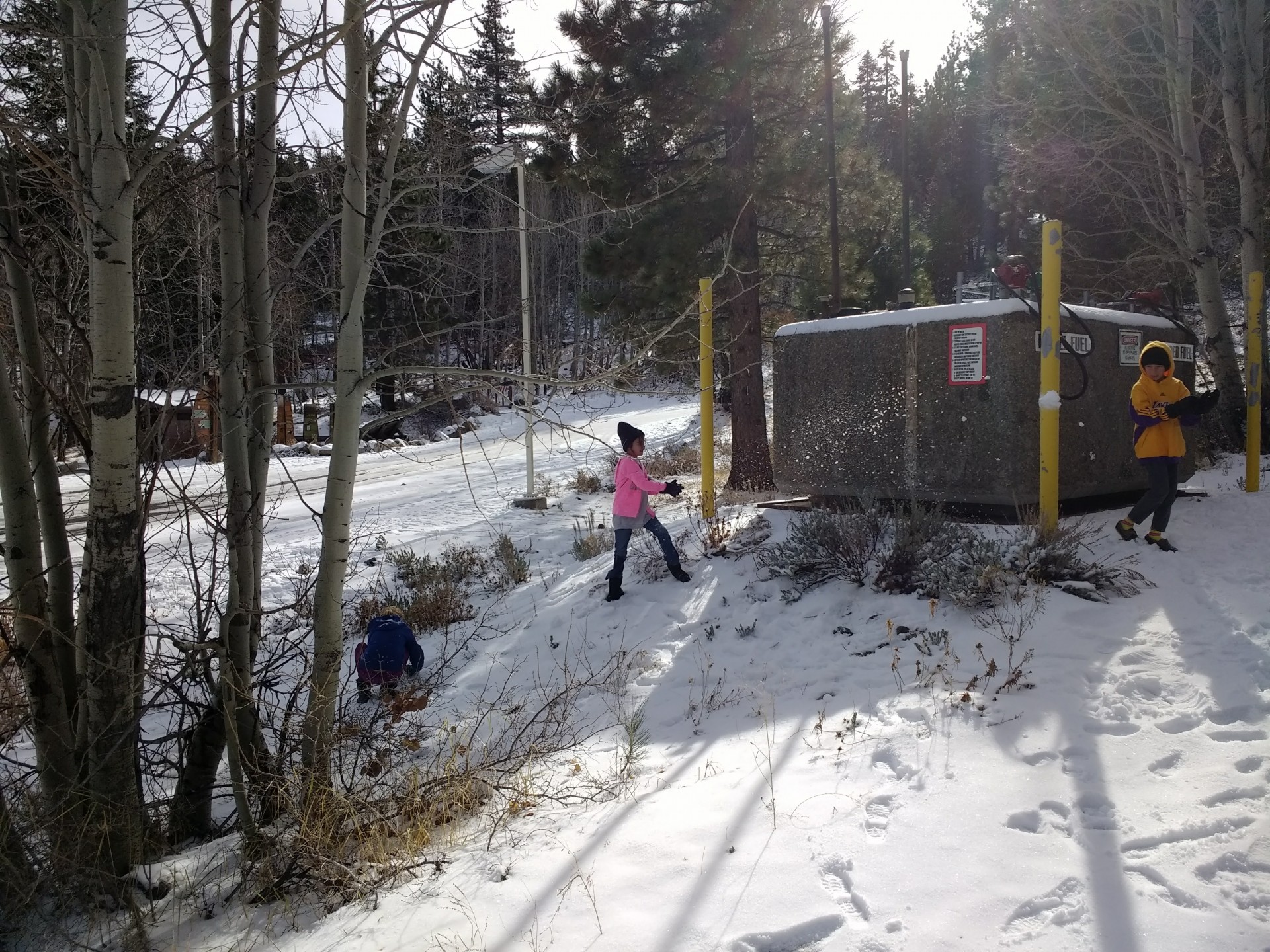Let’s Not Make That Furnace Work So Hard To Keep Us Warm This Winter!

![]() As the weather is cooler throughout all the states, we find ourselves spending more time inside enjoying the warmth of our homes. It’s tempting to just crank up the thermostat and let the furnace keep the heat comfortable. If we take some basic steps to be sure everything is safe and efficient, the furnace won’t have to work as hard. Additionally, we might see some savings when our utility bills arrive.
As the weather is cooler throughout all the states, we find ourselves spending more time inside enjoying the warmth of our homes. It’s tempting to just crank up the thermostat and let the furnace keep the heat comfortable. If we take some basic steps to be sure everything is safe and efficient, the furnace won’t have to work as hard. Additionally, we might see some savings when our utility bills arrive.
Few homeowners give much thought to their furnaces while they are functioning. However, those furnaces must have regular routine maintenance checks to avoid problems. “HomeAdvisor reports furnace repair typically ranges between $131 and $454 in the U.S., but the service can cost as much as $900. When particular parts need replacement, you’re looking at an even bigger bill – up to $1,200 to replace the heat exchanger, which heats the air before it’s blown through the house. For a full furnace replacement, HomeAdvisor reports it’ll likely cost you between $2,500 to $5,900, depending on the type of system and brand.”
The first thing that should be done for your furnace this winter is have the maintenance check done. Next, be sure that you have a clean filter. Most HVAC filters are disposable and should be changed every 6 months. It’s recommended that a disposable filter be changed in spring and in winter. Permanent filters (made from metal and synthetic fibers) last about 10 years but need to be washed monthly and then dried thoroughly to prevent mold and bacteria growth.

Be sure to INSULATE in every way you can! If you have drafty windows or doors, your furnace will definitely be overworking itself to keep the inside of your home warm while cold air seeps in from the outside. If you have a professional adding insulation to your walls, basement and attic, that will make a toasty home. If you don’t plan on hiring a professional to complete your insulation, there are things that you can do to help. Start by taking a walk around your house both inside and outside, looking for signs of noticeable drafts around doors and window frames. You might see fading weather seal as well as gaps. You should apply fresh sealant or caulking to any gaps in doors and windows. Some areas you might try weather-stripping. Inside: Adding thick curtains/drapes and floor rugs are also quick fixes to trapping heat in your home.
A great option is to contact your utility company. Most energy companies offer free, in-person evaluation of your home’s heat efficiency. The technician typically provides homeowners with a report of problem areas and an action plan for fixing them. Call soon because this is based on an appointment schedule and, of course, confirm that your utility company provides this service free of charge!
Remember to turn the thermostat down. One of the best ways to cut down on energy costs from your heating system in winter is to make it run less while you’re asleep or out of the house. Programmable thermostats make it easy to set a schedule for the temperature to be turned down to your chosen temperature while you’re out during routine hours or on vacation and rise to your preferred temperature just before you come home.
If you have a fireplace, that can be a cozy way to keep a home warm. If it’s properly maintained, be sure it’s been cleaned by a chimney sweep. Needless to say, if you have a wood burning fireplace, you need to take all the fire safety precautions; avoid using it when there’s an air quality alert in your area, note you have an open flame in your home so you need to be careful. But, if you do things properly, the warmth, scent, and glow from the fireplace are priceless. Naturally, when you’re not using your fireplace, keep the flue and other vents closed.
Do you have ceiling fans? Good. Reverse your ceiling fans to circulate heat downward in a room for a little extra warmth. When looking up at your blades, your fan should be circulating clockwise. Ceiling fans properly circulating warm air will help to ease the burden on your furnace in heating each room.
All of these things combined will give your furnace a break. Mentioning some relief on your heating bill is nice because it’s more immediate but thinking more long-term, you also are extending the life of your furnace. That’s an investment worth preserving. Small things can improve your home and your comfort in big ways!